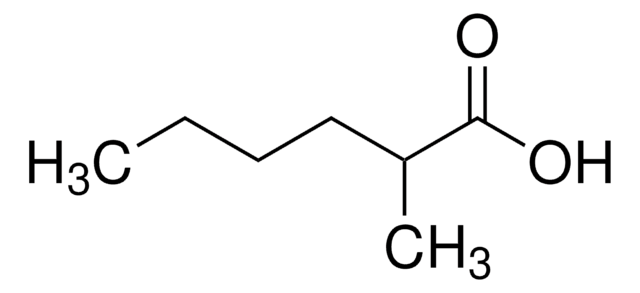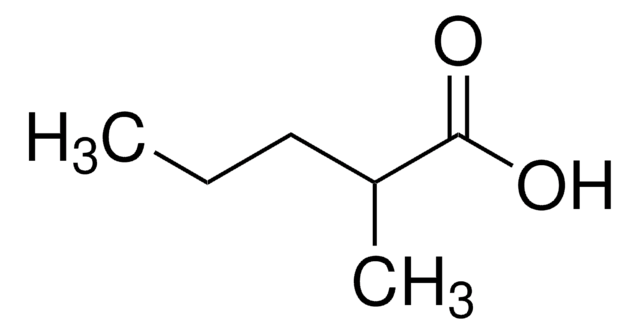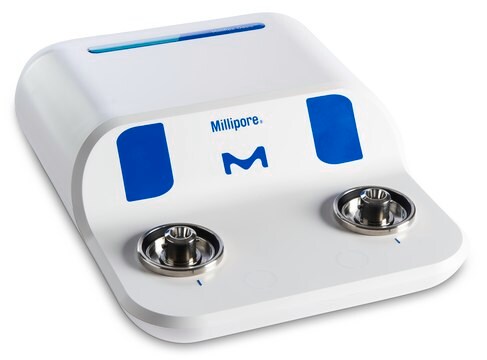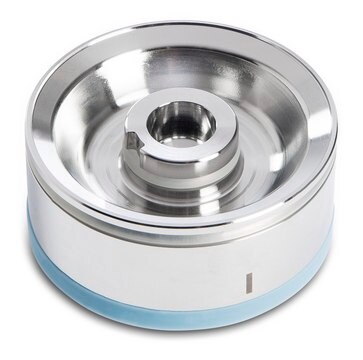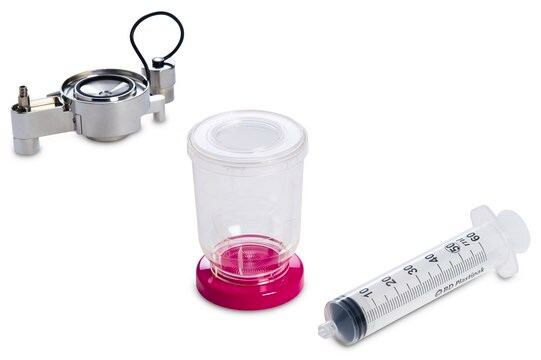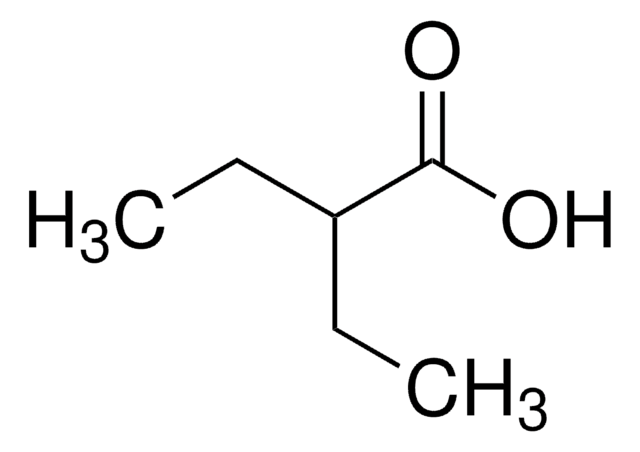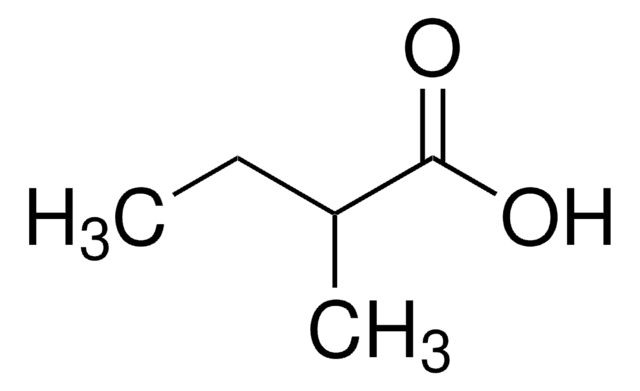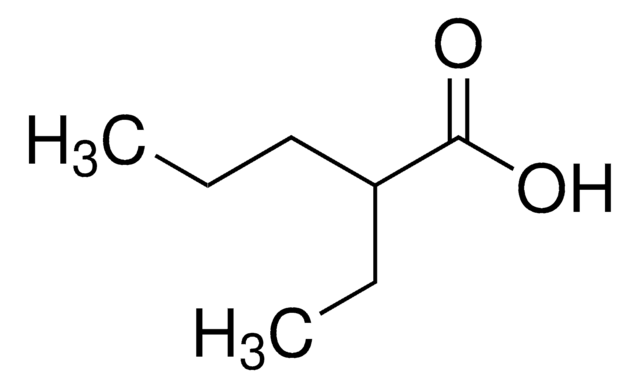W275409
2-Methylpentanoic acid
≥98%, FCC, FG
Synonyme(s) :
2-Methylvaleric acid, (±)-2-Methylvaleric acid, 2-Methylpentanoic acid
About This Item
Produits recommandés
Source biologique
synthetic
Niveau de qualité
Qualité
FG
Halal
Kosher
Agence
meets purity specifications of JECFA
Conformité réglementaire
EU Regulation 1334/2008 & 178/2002
FCC
FDA 21 CFR 172.515
Pureté
≥98%
Indice de réfraction
n20/D 1.411
n20/D 1.414 (lit.)
Point d'ébullition
196-197 °C (lit.)
196-197 °C
Densité
0.916-0.923 g/mL at 25 °C
0.931 g/mL at 25 °C (lit.)
Application(s)
flavors and fragrances
Documentation
see Safety & Documentation for available documents
Allergène alimentaire
no known allergens
Propriétés organoleptiques
cheese; sour
Chaîne SMILES
CCCC(C)C(O)=O
InChI
1S/C6H12O2/c1-3-4-5(2)6(7)8/h5H,3-4H2,1-2H3,(H,7,8)
Clé InChI
OVBFMEVBMNZIBR-UHFFFAOYSA-N
Vous recherchez des produits similaires ? Visite Guide de comparaison des produits
Catégories apparentées
Description générale
Application
- Effects of medium chain triglycerides on hepatic fatty acid oxidation in clofibrate-fed newborn piglets.: This study investigates the effects of medium chain triglycerides, including 2-Methylpentanoic acid, on hepatic fatty acid oxidation in newborn piglets, providing insights into metabolic regulation and potential nutritional applications (Zhao et al., 2023).
Mention d'avertissement
Danger
Mentions de danger
Classification des risques
Eye Dam. 1 - Skin Corr. 1C
Code de la classe de stockage
8A - Combustible corrosive hazardous materials
Classe de danger pour l'eau (WGK)
WGK 2
Point d'éclair (°F)
199.4 °F - closed cup
Point d'éclair (°C)
93 °C - closed cup
Équipement de protection individuelle
Faceshields, Gloves, Goggles, type ABEK (EN14387) respirator filter
Certificats d'analyse (COA)
Recherchez un Certificats d'analyse (COA) en saisissant le numéro de lot du produit. Les numéros de lot figurent sur l'étiquette du produit après les mots "Lot" ou "Batch".
Déjà en possession de ce produit ?
Retrouvez la documentation relative aux produits que vous avez récemment achetés dans la Bibliothèque de documents.
Notre équipe de scientifiques dispose d'une expérience dans tous les secteurs de la recherche, notamment en sciences de la vie, science des matériaux, synthèse chimique, chromatographie, analyse et dans de nombreux autres domaines..
Contacter notre Service technique